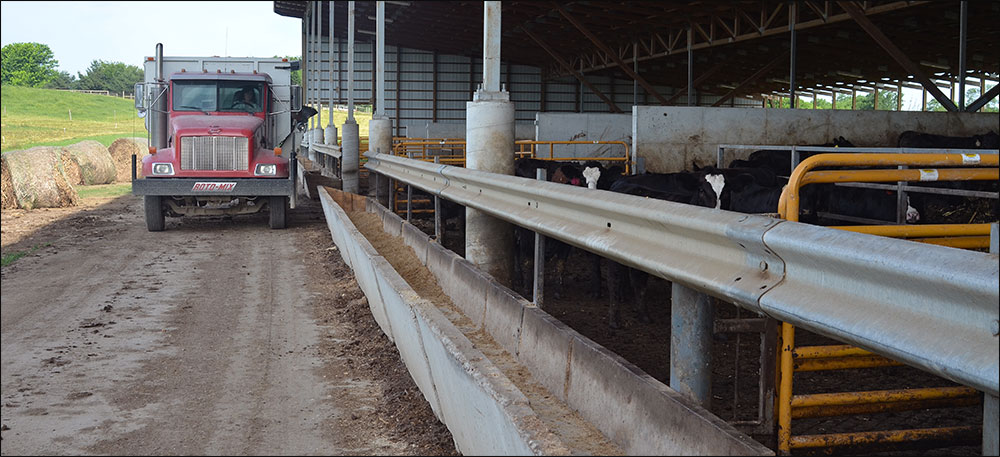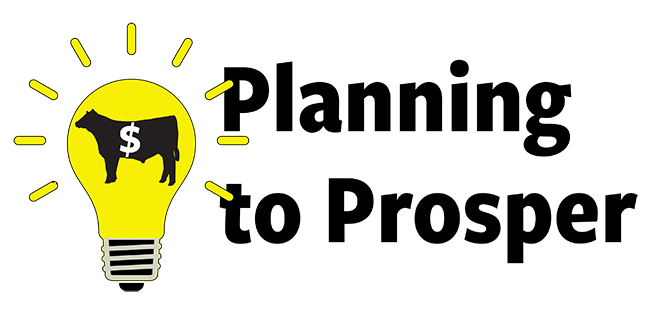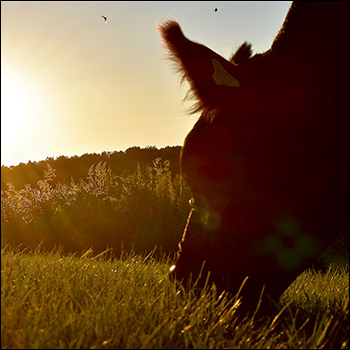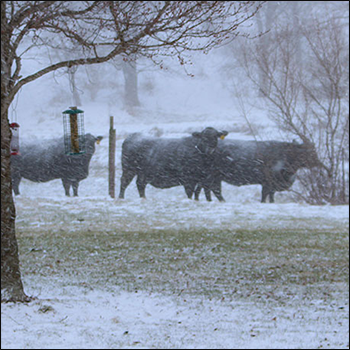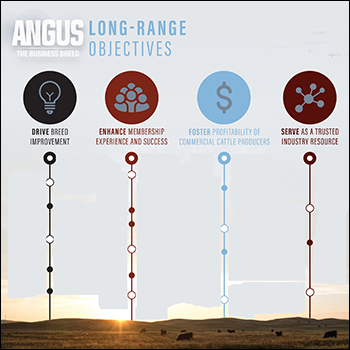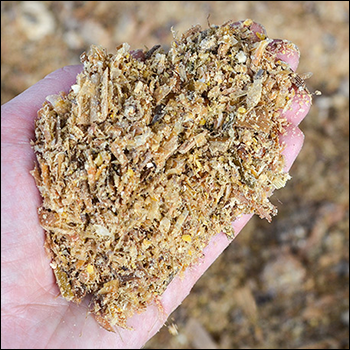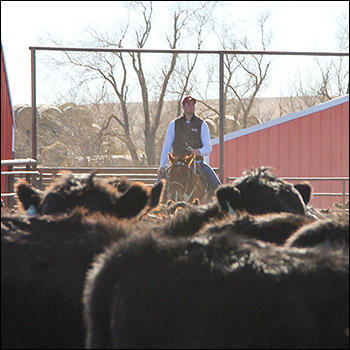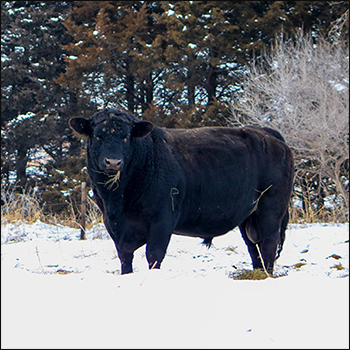New Feed Ingredient Reduces Methane Emissions
Breakthrough trial generated close to 1,500-ton reduction in greenhouse gas emissions.
A 2-year large-scale trial in beef cattle in Alberta, Canada, has successfully demonstrated that a novel feed ingredient, developed by Royal DSM, can be included in commercial feedlot diets to reduce methane emissions by up to 80%, without negative effects on animal health and performance parameters and carcass characteristics. This was the largest and longest trial for methane reduction in beef to date. The trial alone already reduced greenhouse gas emissions by 1,473 tons carbon dioxide equivalent. This is comparable to taking 500 cars off the road for a year.
Urea’s Fit and Function in Cattle Nutrition
Using urea correctly is key to increasing cattle production sustainability.
Urea remains one of the most widely used yet mysterious and misunderstood options for beef production. How can we supplement cattle diets with the same product we use to fertilize crops? What about concerns regarding toxicity, and why is urea never fed to nonruminant animals? Understanding the role and limitations of urea in cattle nutrition is the first step to realizing its benefits. When properly managed, urea remains our most cost-effective means of supplementing protein and provides a competitive advantage beyond the reach of other livestock species.
Mineral Imbalances Should Be Considered In Cattle Deaths
Texas A&M AgriLife offers expertise, assistance in livestock mineral toxicity, testing.
Ranchers need to keep in mind that the wrong quantities of minerals can be dangerous or even deadly to cattle, say experts from the Texas A&M AgriLife Extension Service.
When it comes to cattle and minerals, what works for a rancher 700 miles away may actually work better for you than what works for a neighbor 7 miles down the road; it all depends on what is in your soil, supplements, feed, forage and water supply.
Surging Feed Prices Will Challenge Recovery
Livestock producers will face more feed cost inflation in 2021 than they have in a decade, challenging their ability to recover from a volatile 2020.
The U.S. animal protein sector is expected to face a 12% increase in feed costs in 2021, which will mark the highest year-over-year inflation since 2011. With corn futures above $4 per bushel and soybean meal futures around $350 per ton, cattle feeders, hog producers and chicken producers will pay higher prices for feed than they have in many years, according to a new report from CoBank’s Knowledge Exchange division.
Once is Never Enough with Lice
More than one treatment is often needed to fully control lice.
Lice are a common winter problem for cattle. Dave Barz, veterinarian with Northwest Veterinary and Supply, Parkston, S.D., says there are three species of sucking lice that feed on blood and one species of biting/chewing lice that feeds on the skin that parasitize cattle.
Watching for Sickness
Know the signs for winter cattle ailments like foot rot, pneumonia and diarrhea.
As cold winter weather sets in and a commingling of cattle happens, sickness can set in. Foot rot, pneumonia and diarrhea oftentimes afflict cattle in the winter and require different treatment protocols.
8 Not-to-miss Tips to Care for Barn Cats
Veterinarian shares tips for looking after our most resourceful felines.
Barn cats are kings and queens at farms and ranches, keeping away varmints like moles, mice and even snakes. Still, the most independent outdoor cats can benefit from added protection and routine care. Oklahoma State University Assistant Clinical Professor with the College of Veterinary Medicine Sarah Peakheart offers advice on caring for barn cats.
